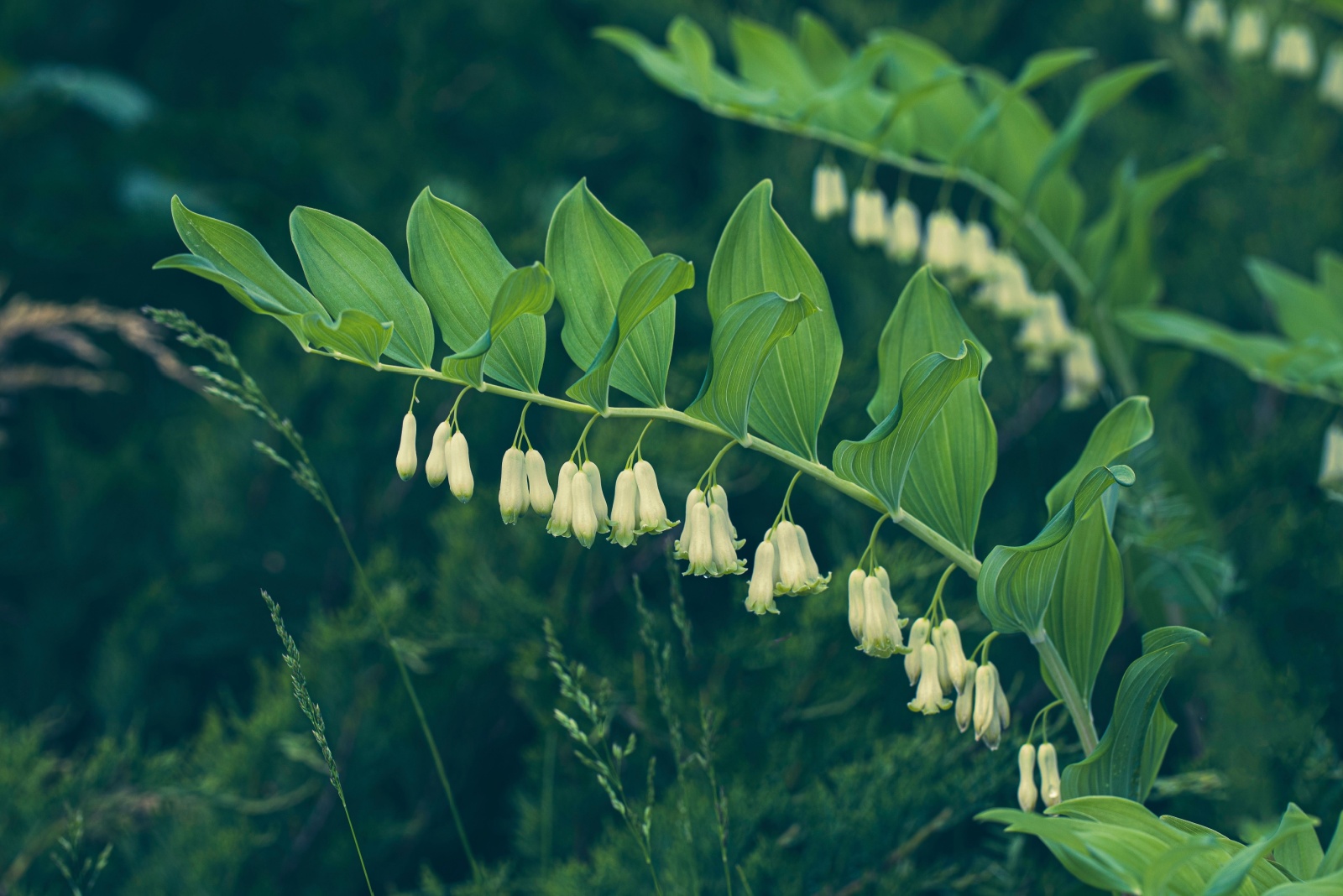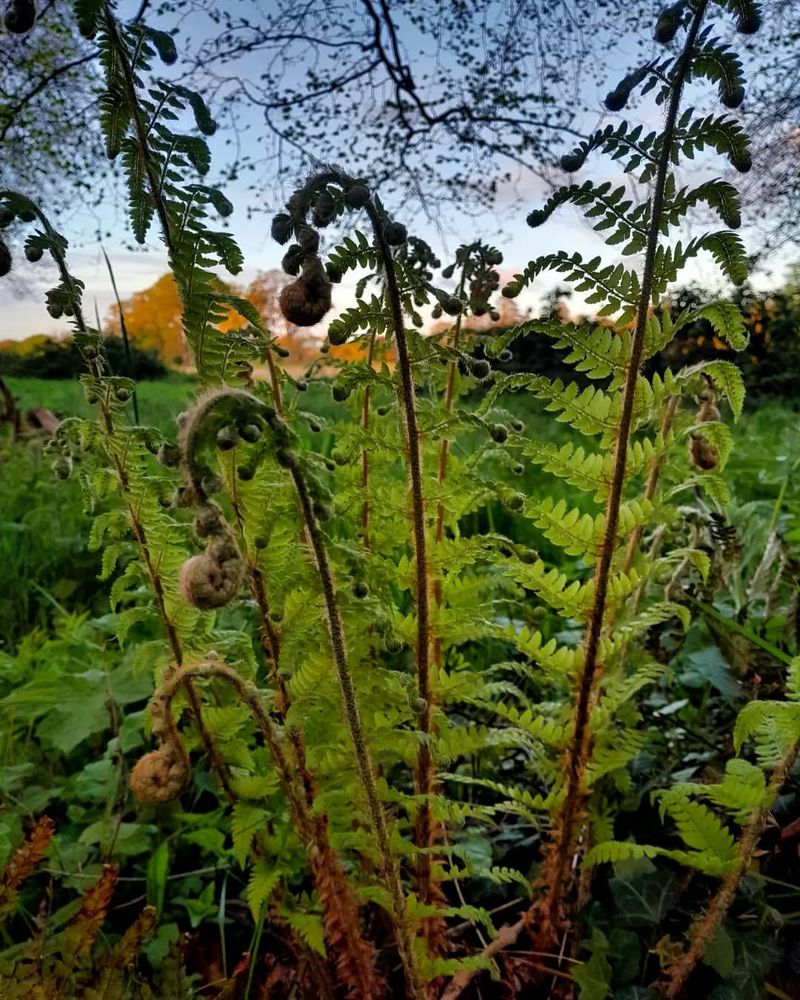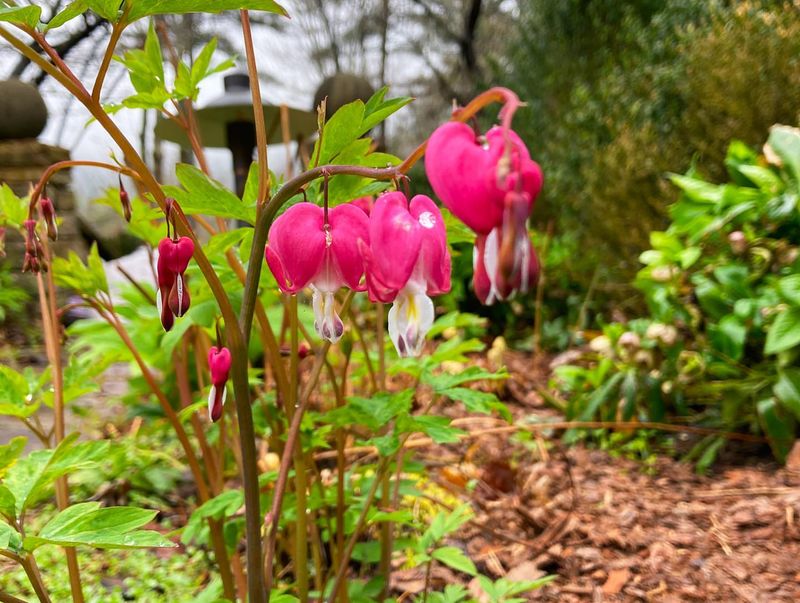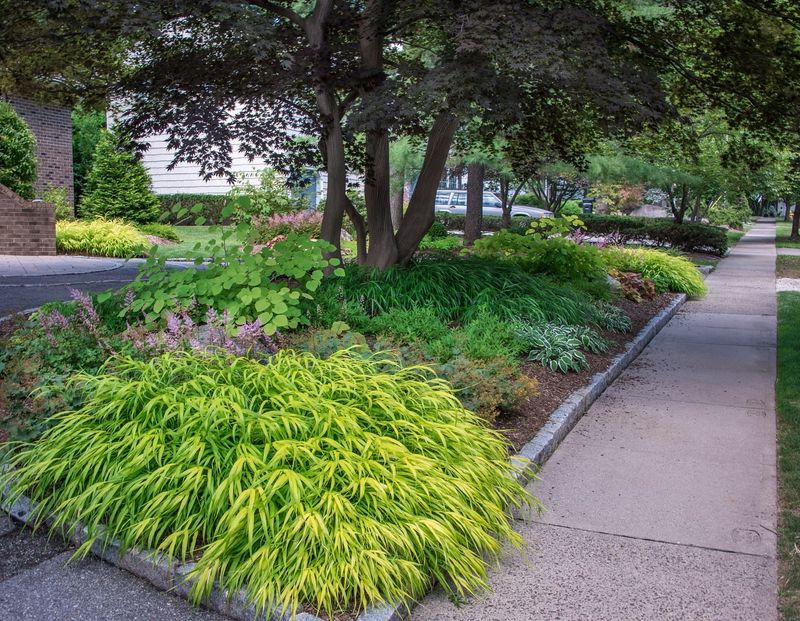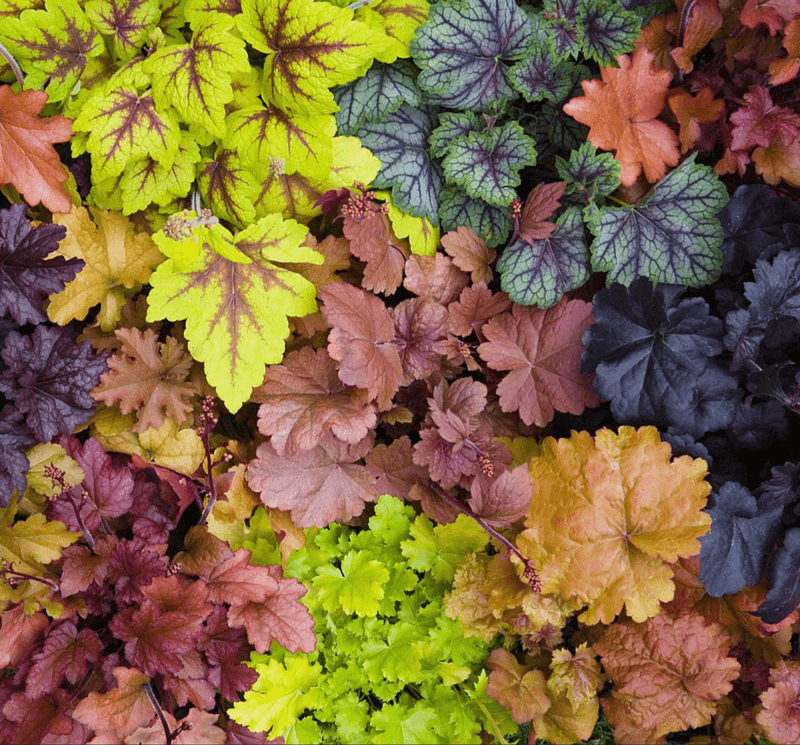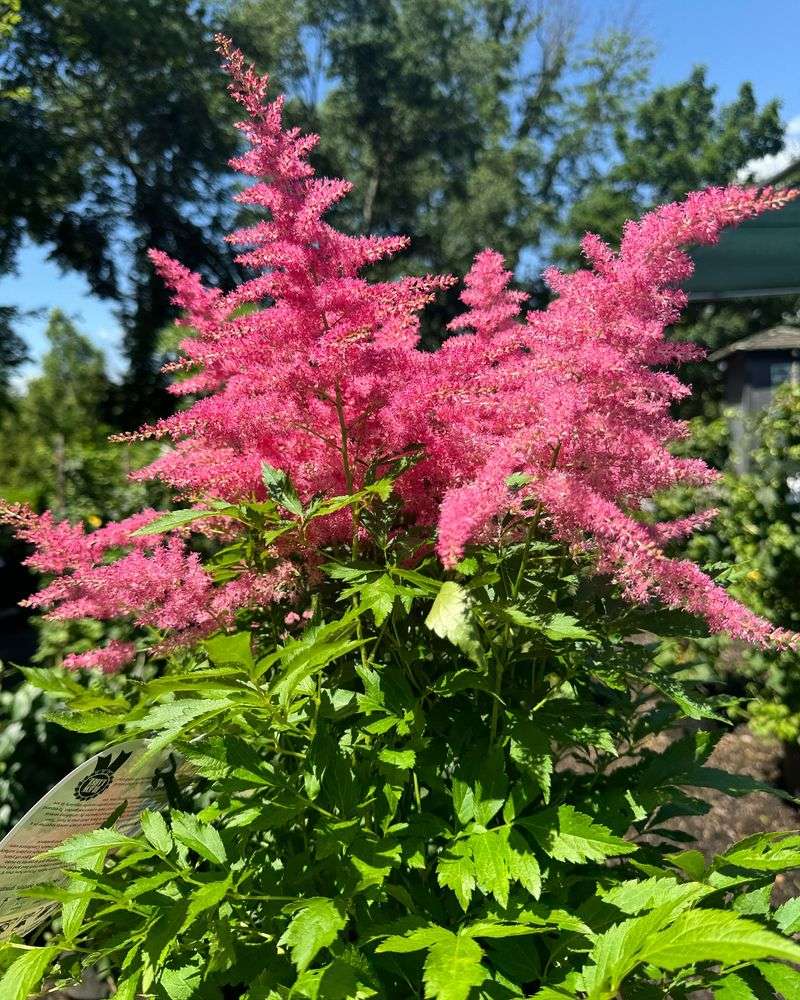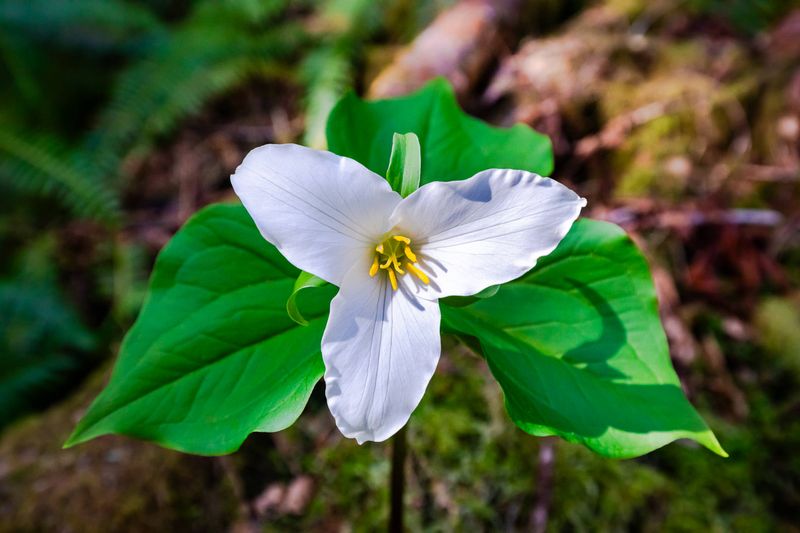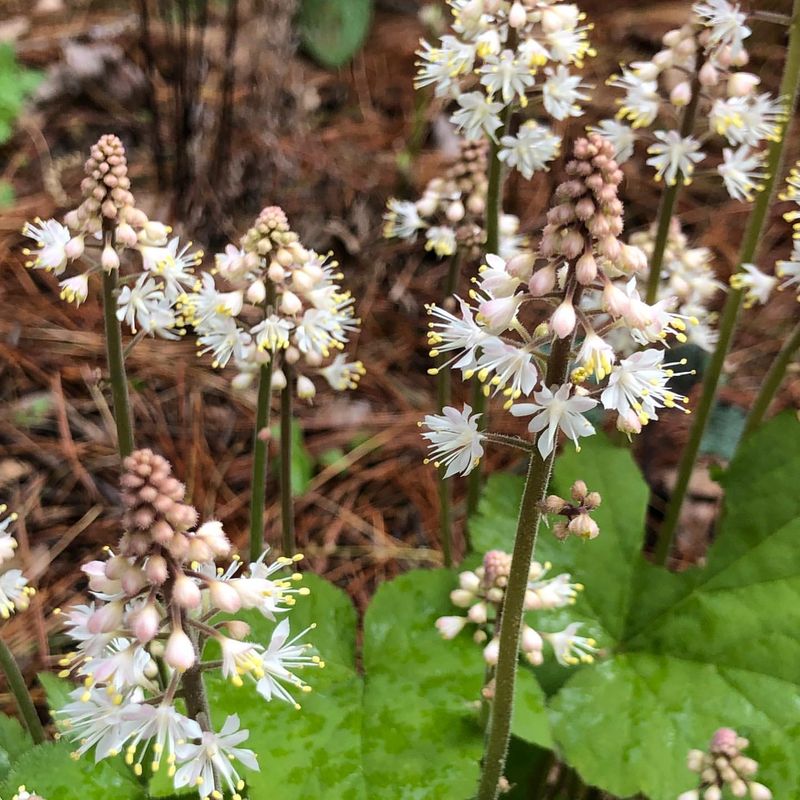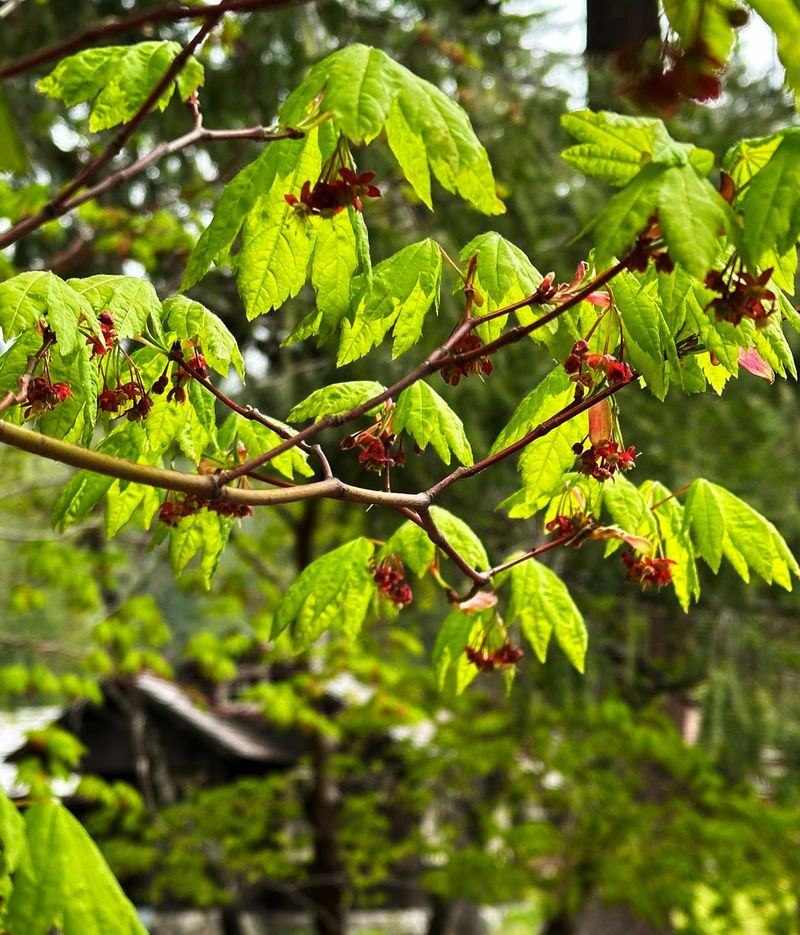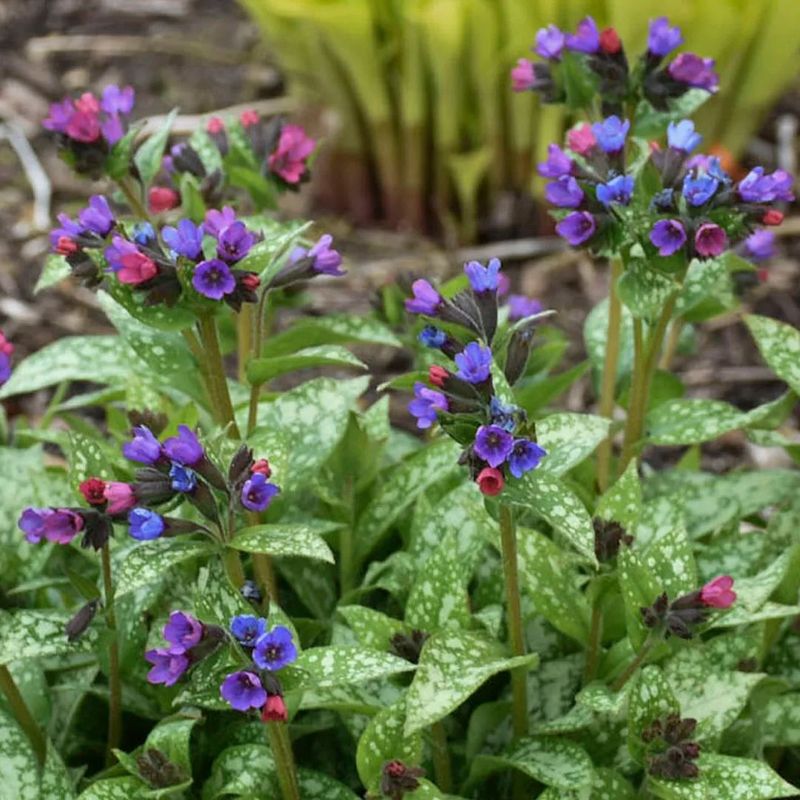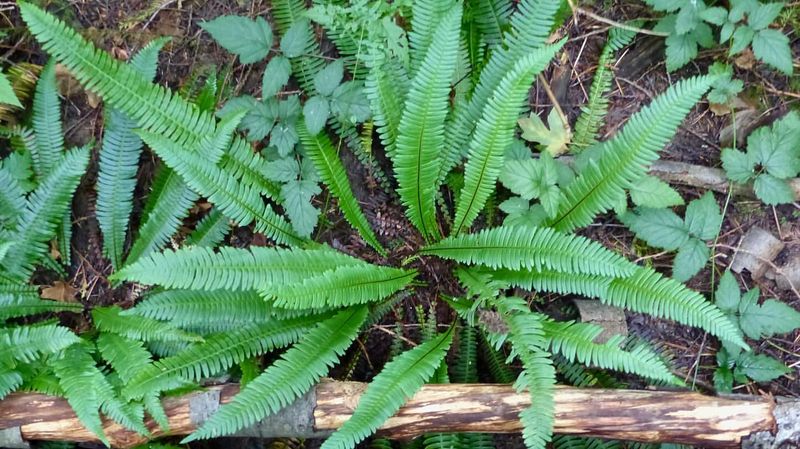Gardens in the Pacific Northwest face unique challenges with abundant rainfall and limited sunlight. Creating a thriving garden in shady spots doesn’t have to be a struggle.
With the right plants that actually prefer less sun, you can transform those dark corners into vibrant, lush spaces that showcase the natural beauty of our region.
1. Ferns: The Ancient Woodland Wonders
Ferns have thrived in forest understories for millions of years, making them perfect for shady Pacific Northwest gardens. Their delicate fronds unfurl in spring, creating a prehistoric feel in any garden space.
Western Sword Fern and Lady Fern varieties are particularly well-suited to our climate, requiring minimal maintenance once established. Simply provide consistent moisture and watch them spread into magnificent clumps that suppress weeds and add texture year-round.
2. Bleeding Heart: Nature’s Valentine
Bleeding Heart brings romantic charm to shaded areas with its distinctive heart-shaped pink or white flowers that dangle from arching stems. Native to forest floors, this spring bloomer feels right at home beneath trees in Pacific Northwest gardens.
Plant these perennials where you can appreciate their unique blossoms up close. After flowering, the foliage may die back in summer heat – a perfect opportunity to surround them with later-emerging companions that will fill the space.
3. Hosta: The Foliage Superstar
Morning fog rolling off Puget Sound seems custom-made for hostas. These foliage champions come in hundreds of varieties with leaves ranging from tiny to dinner-plate sized, in colors from blue-green to gold-edged cream.
Give hostas rich, moist soil and protection from slugs – their only real enemy in our climate. The ‘Frances Williams’ variety, with its blue-green leaves and yellow margins, creates dramatic contrast against darker plants while thriving in conditions that would make sun-lovers wither.
4. Japanese Forest Grass: Cascading Elegance
Gracefully arching like a miniature waterfall, Japanese Forest Grass (Hakonechloa macra) brings movement to still corners. The ‘Aureola’ variety features stunning gold-striped foliage that seems to glow in dark spots.
Unlike many grasses that demand full sun, this beauty thrives in woodland settings. Plant it where its cascading form can be appreciated – along path edges or container gardens. In our mild climate, it remains evergreen most winters, providing year-round structure.
5. Heuchera: The Color Chameleon
Who says shade gardens can’t be colorful? Heucheras (Coral Bells) prove otherwise with their rainbow of foliage options from lime green to deep purple, often with silver veining or ruffled edges.
Our region’s native Heuchera species have evolved specifically for our conditions. They form tidy mounds topped with delicate flower spikes that attract hummingbirds. Mix different varieties for a tapestry effect, or use a single dramatic variety like ‘Palace Purple’ as a focal point.
6. Astilbe: Feathery Plumes of Color
Astilbes bring firework-like displays to the darkest corners with their feathery flower plumes in shades of pink, red, lavender and white. These reliable perennials thrive in the moist, acidic soil common throughout the Pacific Northwest.
Even after blooming, their attractive fernlike foliage continues providing texture. Group different varieties for staggered bloom times from early to late summer. Their natural resistance to our native slugs makes them particularly valuable in low-maintenance shade gardens.
7. Hellebore: Winter’s Quiet Hero
When winter grips the Pacific Northwest, hellebores shine with their nodding, cup-shaped flowers in shades from white to deep purple. Often called Lenten Rose, they’re not roses at all but tough perennials that bloom when little else dares.
Plant hellebores where you can see them from windows during rainy winter days. Their leathery, evergreen foliage provides structure year-round, while their tendency to self-seed creates natural drifts over time – perfect for woodland-style gardens where a natural look is desired.
8. Solomon’s Seal: Graceful Arching Stems
Solomon’s Seal creates elegant, arching stems adorned with dangling white bell flowers that later become bluish-black berries. The variegated variety adds extra brightness with cream-edged leaves that seem to glow in deep shade.
Native to woodland areas, these perennials spread slowly via rhizomes to form impressive colonies over time. Pair them with early spring bulbs like snowdrops that will bloom before Solomon’s Seal emerges, maximizing interest in the same garden space throughout the seasons.
9. Trillium: Native Woodland Jewel
Few plants capture the essence of Pacific Northwest forests better than our native trilliums. Their three-petaled white flowers (turning pink as they age) appear in early spring above a whorl of three distinctive leaves.
Trilliums grow slowly but can live for decades when left undisturbed. Never pick the flowers in the wild – instead, purchase nursery-propagated plants. Once established in your garden’s shadiest corners, they’ll return faithfully each spring, gradually forming impressive colonies that announce winter’s end.
10. Foamflower: Delicate Native Groundcover
Foamflower (Tiarella) carpets shady forest floors with its maple-like leaves that often feature dramatic purple veining. Come spring, airy plumes of tiny star-shaped flowers hover above the foliage like foam on a woodland stream.
This native groundcover spreads gently, filling spaces between larger plants without becoming invasive. Fall brings an extra bonus as the leaves take on bronze and burgundy tones. Combine with ferns and other natives for an authentic Pacific Northwest woodland garden that requires minimal maintenance.
11. Vine Maple: Understory Drama
Our native Vine Maple isn’t just for forests – this small tree creates perfect dappled shade for woodland gardens. Its naturally multi-stemmed form creates artistic silhouettes even in winter, while spring brings delicate flowers and fall delivers fiery orange-red foliage.
Growing to just 15-20 feet in gardens, Vine Maple fits beneath power lines or in smaller yards where larger trees won’t work. Plant shade-loving perennials beneath it for a layered landscape that mimics natural forest ecosystems while providing year-round visual interest.
12. Lungwort: Spotted Beauty
Lungwort (Pulmonaria) offers the rare combination of colorful flowers AND decorative foliage for shade gardens. The silver-spotted leaves brighten dark corners year-round, while early spring brings clusters of flowers that change from pink to blue as they age.
Despite its unfortunate name (from medieval times when the spotted leaves were thought to resemble diseased lungs), this European native thrives in our climate. It tolerates tree root competition and dry summer shade once established – a valuable trait for challenging spots under mature trees.
13. Deer Fern: Evergreen Structure
Deer Fern earned its name from being one of the few plants deer generally avoid browsing. This native evergreen fern creates year-round structure with its distinctive growth habit – fertile fronds stand upright while sterile fronds spread horizontally around the base.
Perfect for the shadiest spots where little else grows, Deer Fern maintains its good looks through winter storms and summer drought once established. Plant in groups of three or five for natural-looking drifts along shady paths or beneath conifers where its architectural form provides welcome winter interest.

